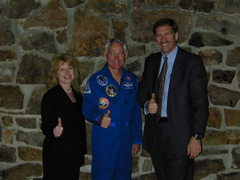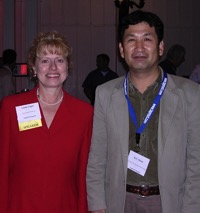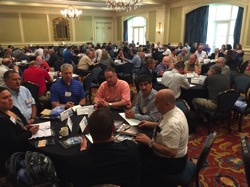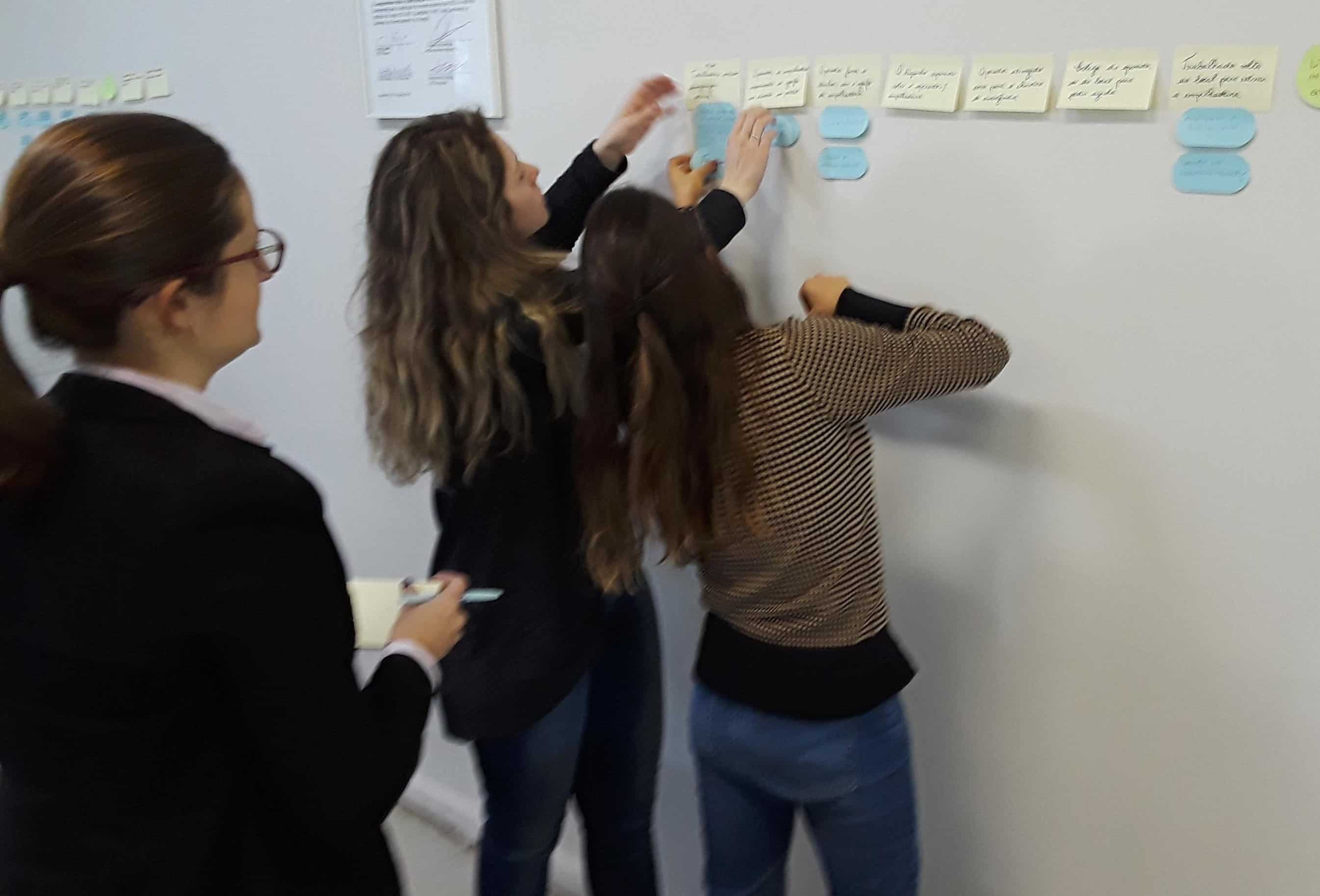Where Do You Get Ideas To Improve Root Cause Analysis?

My Experience…

When I was assigned the job of figuring out how to improve investigations and root cause analysis … I knew that we were NOT finding the causes of human errors. But where would I get ideas to help make things better? The year was 1985, and there wasn’t an easy place to start …
- No internet
- No e-mails with upcoming courses
- No conferences on the topic (maybe one talk at a nuclear industry conference’s breakout session)
I knew that the Institute for Nuclear Power Operations (INPO) was working on a system because they had tried to hire me to help create it.
So what did I do?
- Started looking at the human factors research.
- Networked with the folks I knew at our corporate headquarters, INPO, the University of Illinois, INEL, EPRI, and several utilities where I knew people.
- Started trying to create a list of causes that encompassed the human factors research that I was familiar with.
This started the development of a system to find root causes that eventually led to the TapRooT® Root Cause Analysis System.
It was a long road with many lessons learned.
In 1988, we started System Improvements to help people improve their root cause analysis systems.
In 1990, we won a contract to help the US Nuclear Regulator Commission improve their analysis of human errors.
In 1991, we started working with our first oil and chemical company (Chevron) to improve their root cause analysis as part of their efforts to improve process safety. From there, our growth into all types of industries with incidents – incidents that need fixes to prevent recurrence based on the real root causes – has been … pretty dramatic.
In 1994, we held the first TapRooT® Summit (not named the Summit until sometime later). It had great speakers and 35 attendees. I cooked steaks for everyone as our closing session.
Why did we decide to have a summit to focus on root cause analysis and performance improvement? Because I thought that our clients needed it. They needed:
- a place to learn the latest ways to improve human performance.
- to network and share best practices they were testing and perfecting.
- to hear about what we were doing to improve the TapRooT® System.
- motivation to keep them at the “performance improvement grindstone.”

Little did I know that this first conference would turn into an annual event that had hundreds of attendees who are some of the smartest people from around the world who are improving industrial safety, quality, patient safety, process safety, asset optimization, and operational excellence.

I would never have guessed that I would draw people from Australia, Indonesia, Malaysia, UK, Saudi Arabia, Tanzania, New Zealand, Colombia, Brazil, Canada, Mexico, South Africa, Russia, Denmark, France, and many other countries (even the USA!) to hear what we thought others needed to learn to make their performance great.

But it happened. And now, if someone asks:
“Where Do You Get Ideas To Improve Root Cause Analysis?”
I have an answer … The Global TapRooT® Summit.
Get GREAT Ideas HERE!

The next Summit is rapidly approaching. Where is it? It is being held near Austin, Texas, at the Horseshoe Bay Resort. When is it? On May 1-3. Find out more about the resort here…
Want to find out more about the 11 pre-Summit courses being held on April 29-30? CLICK HERE.
Want to learn more about the blockbuster talks being delivered by the Keynote Speakers? CLICK HERE.

Want to see the schedules for all seven Summit Best Practice Tracks? CLICK HERE.
There is a whole Best Practice Track about improving investigations and root cause analysis. It includes these nine sessions:
- Advanced SnapCharT® Diagram Techniques
- Advanced Causal Factors Techniques
- Corrective Action Workshop
- Roundtable Discussion of Unique Ways to Use TapRooT® RCA
- Partnering with Law in Your Investigations
- Capturing Culture Difference Using TapRooT® RCA
- Implementing Your Best Ideas
- Investigative Interviewing: The Psychology of Nonverbal Communications
- Managing Your Improvement Backlog (Resource Scheduling)
Of course, you can pick and choose from all the tracks to make your own custom schedule built around the topics you find the most interesting.
But don’t spend too much time clicking on links. You need to REGISTER ASAP and get your hotel and travel plans finalized because you need to attend this Summit coming up from April 29 to May 3.
Watch this video to get a few ideas about the Summit from Alex Paradies…



